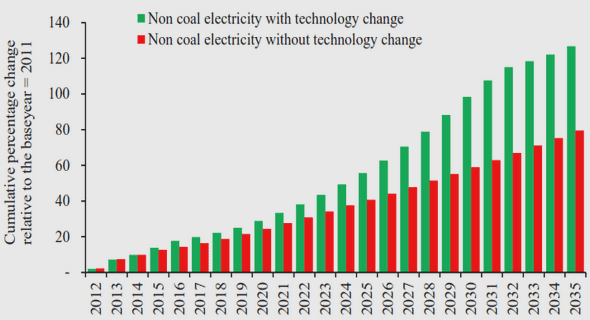(Downloads - 0)
For more info about our services contact : help@bestpfe.com
Table of contents
1 Introduction
1.1 Motivation
1.2 Problem statement
1.3 Selected approach
1.4 Thesis outline
2 Related work
2.1 General approaches
2.2 Exemplary approaches
2.2.1 Clustering of long-term trajectories
2.2.2 Clustering trajectories with maximal cliques
2.2.3 Clustering trajectories by local subspace anity
2.2.4 Outlier-based segmentation with KinectFusion
2.2.5 Object-centered reconstruction
2.3 Benchmarks
2.3.1 TUM RGB-D Benchmark
2.3.2 Hopkins 155 Dataset
2.3.3 Freiburg-Berkeley Motion Segmentation Dataset
3 Background
3.1 RGB-D cameras
3.2 Point trackers
3.3 Graph theory
3.4 Spectral clustering
4 Method
4.1 Concept
4.1.1 Trajectories
4.1.2 Scenarios without noise and full observation
4.1.3 Scenarios with noise and partial observation
4.1.4 Towards pose estimation
4.2 Point tracking
4.3 Trajectory statistics
4.3.1 Statistics of scene distances
4.3.2 Statistics of image distances
4.3.3 Computational complexity
4.4 Trajectory clustering
4.4.1 Similarity graph
4.4.2 Generalized eigensystem
4.4.3 K-Means
4.4.4 Model selection
5 Evaluation
5.1 Evaluation method
5.1.1 Tracking performance
5.1.2 Analysis of trajectory statistics
5.1.3 Clustering performance
5.2 Datasets
5.2.1 Oce Dataset
5.2.2 Smart Mobility Lab Dataset
5.2.3 Simulated Dynamic Scene Dataset
5.2.4 TUM RGB-D Benchmark
5.3 Analysis
5.3.1 Point tracking
5.3.2 Trajectory statistics
5.3.3 Trajectory clustering
6 Conclusion
6.1 Key ndings
6.2 Future directions
Bibliography
Notation
Abbreviations and Acronyms
A Plots
A.1 Trajectory lengths
A.2 Dissimilarity box plots
A.3 Segmentations



